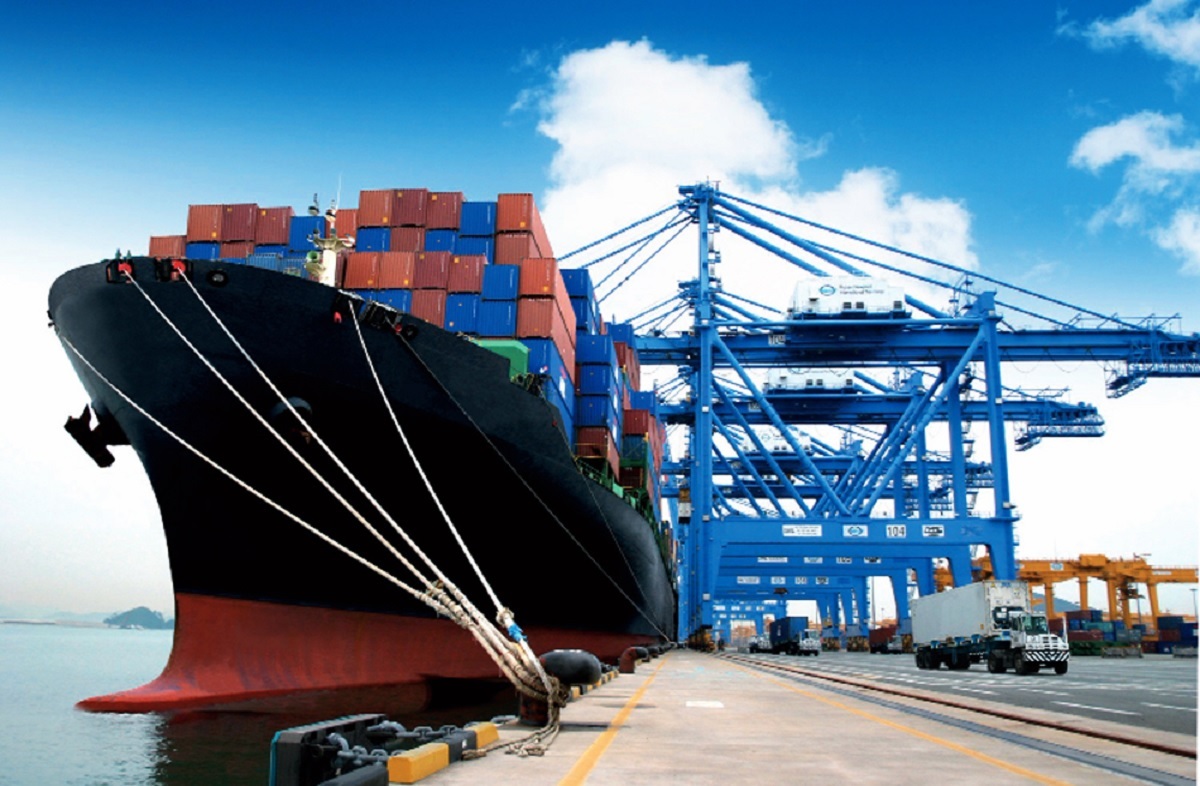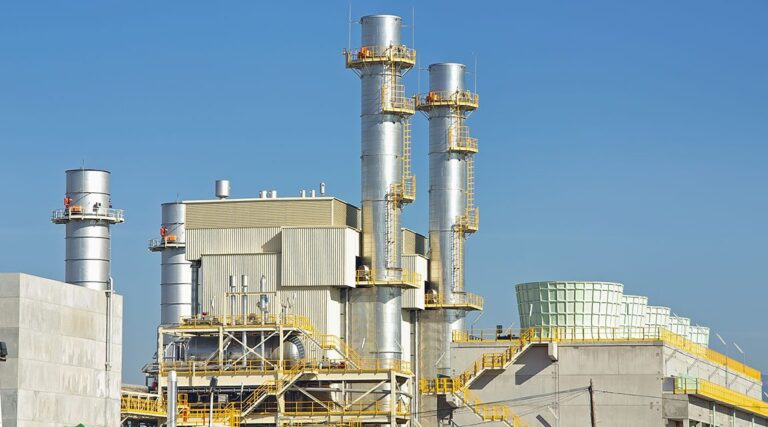
Tunisia’s trade deficit has continued to deepen in 2025, driven primarily by higher imports of energy and consumer goods, despite a slight uptick in exports.
Official data released by the National Institute of Statistics (INS) reveals that the country’s trade imbalance reached 16.728 billion dinars in the first nine months of 2025, a significant increase from the 13.497 billion dinars recorded in the same period last year.
The rate of coverage of imports by exports dropped to 73.5%, down from 77.5% in 2024. This sharp decline underscores the growing challenge for the Tunisian economy as the nation grapples with rising import costs.
A major factor behind this worsening trade deficit is the energy sector, which recorded a deficit of 8.106 billion dinars.
The country also experienced substantial imbalances in imports of raw materials and semi-manufactured goods (4.990 billion dinars), capital goods (2.693 billion dinars), and consumer goods (1.557 billion dinars). However, food products showed a modest surplus of 0.620 billion dinars, offering some relief amid the overall negative trend.
Despite the broader deficit, Tunisia’s exports saw a slight increase of 0.03%, reaching 46.419 billion dinars by the end of September 2025.
In contrast, imports grew by 5.4%, reaching 63.148 billion dinars. The increase in imports was particularly notable in capital goods (+16.2%), raw materials (+8.1%), and consumer goods (+11.4%).
However, imports of energy products dropped by 11.8%, and food product imports saw a decrease of 3.5%.
Geographically, Tunisia’s trade with the European Union remains dominant, accounting for 70.3% of total exports. Exports to Germany, France, and the Netherlands saw significant gains, with increases of 11.2%, 8.4%, and 7.2%, respectively.
However, exports to Italy and Spain experienced declines, with Italy seeing a drop of 10.1% and Spain a sharp decline of 20.3%.
Tunisia also witnessed a rise in trade with several Arab partners, including Libya (+7.4%), Morocco (+35.9%), Algeria (+11.6%), and Egypt (+33.5%), signaling strengthening economic ties within the region.
While Tunisia’s export sector has seen some positive developments, the country’s trade deficit highlights the ongoing structural challenges it faces in balancing its import needs, particularly in the energy and consumer goods sectors.
These economic dynamics are likely to remain a critical focus for policymakers in the coming months as Tunisia seeks to stabilize its trade position and reduce the growing deficit.



